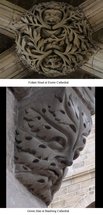
Litha marks the summer solstice, the longest day of the year. It is the time to realize and celebrate the power of the God at full strength. He is the lord of the forest, the Green Man hidden in plain sight in churches all over Europe. In some traditions, this is the time when the Oak King, ruler of the light half of the year, is defeated in battle by the Holly King. Though it’s early in the season (June 20-22) and the hottest days of summer still lie ahead, from this point on the hours of light grow ever shorter.
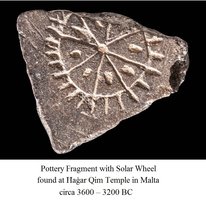
Sun worship is one of the oldest forms of religion in existence and the most recognized symbol of that worship is the Solar Wheel, representing the motion of the sun. The wheel has appeared on coins, in statues, pottery and in print for over five thousand years! The custom is mentioned in a German work that was published in the mid 16th century: The Regnum Papisticum by Thomas Naogeorgus

Which covered around about with strawe and tow, they closely hide;
And caryed to some mountaine’s top, being all with fire alight,
They hurle it downe with violence, when darke appeares the night :
Resembling much the sunne, that from the heavens down should fal,
A strange and monstrous sight it semes, and fearful to them all.
But they suppose the mischiefs all are likewise throwne to hell,
And that from harmes and daungers now in safetie here they dwell.”
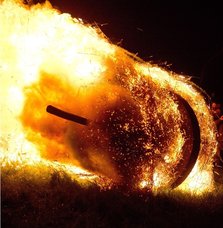


Along with Beltane and Samhain, Litha is a night for the Fae. They caper and dance around the fires, playing tricks on unwary humans. It is said that you can get a glimpse of the faery folk by peering through a rowan loop or through a hagstone (a stone with a natural hole). Be quick! If you blink, they will disappear!

With the full heat of summer still looming, place an offering in or near a water source to encourage a continued supply to thirsty crops. Or float paper boats with blessings down a stream.

In Wales, Litha is also known as Gathering Day as many magickal and healing herbs are maturing and are ready to be collected and dried for use in the winter.

Litha is a good time for marriages as well. Handfasted couples from the previous Beltane have completed their year and a day trial and can make the arrangement permanent if so desired. It’s also a good time for couples to renew their vows and rekindle their romance.
Romantic divination is also popular at this time. Gaze deep into your Litha fire and see what the Sun God has to say…
Make a Paper Boat
Make a Flower Crown
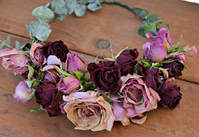
Celebrate the season by wearing a beautiful flower crown at the Litha festivities! (If you would prefer to enjoy real flowers in the garden, get the best of both worlds by using imitation flowers from a craft store.)
Make a Staff or Wand
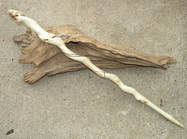 Natural Twisted Box Elder Maple Wood
Natural Twisted Box Elder Maple Wood As a general rule, wands should be the length of your arm from the crook of the elbow to the tip of your middle finger. They can be as thick or thin as you like, but keep in mind comfort and durability!
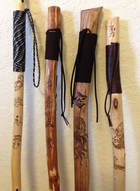
Staffs should be between shoulder height to the top of your head and thick enough to be held comfortably in the hand, often between 1-2” (2.5-5 cm).
Though I’ve seen staffs and wands made from other materials, they are usually made of wood. In some traditions, the type of wood is very important as different woods have different magickal qualities. Oak, willow and ash are popular choices, though any kind of wood will work to direct the flow of energies.
If you wish, use a sharp knife to whittle a handle. You can carve or burn runes, sigils or other designs into the wood if you desire. You could wrap the handle or other portion in wire, ribbon or leather. Attach a crystal to one end with glue and/or leather wrappings. For a staff, you might drill a small hole at the top for a leather thong to go around your wrist. Make it yours!
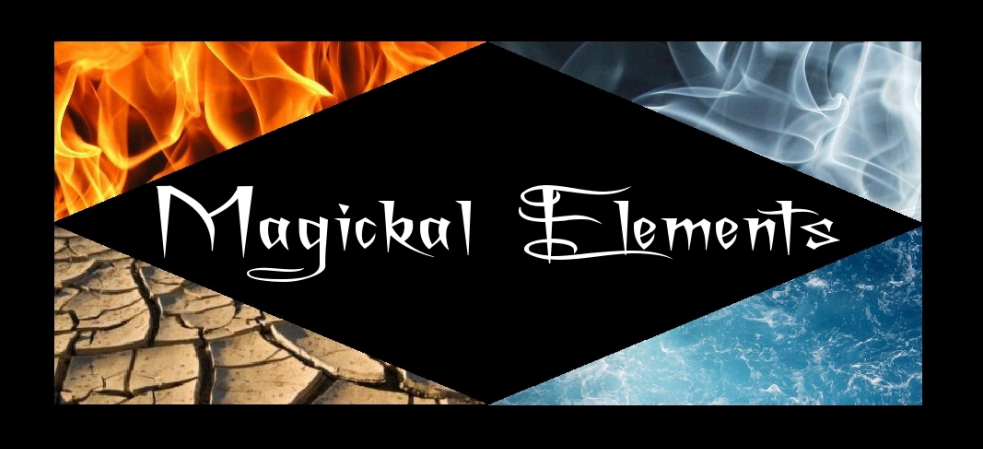
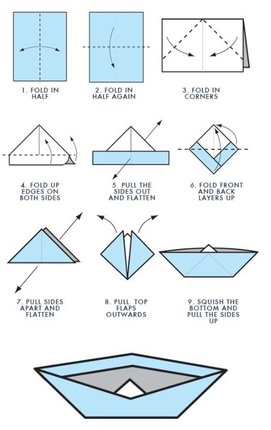
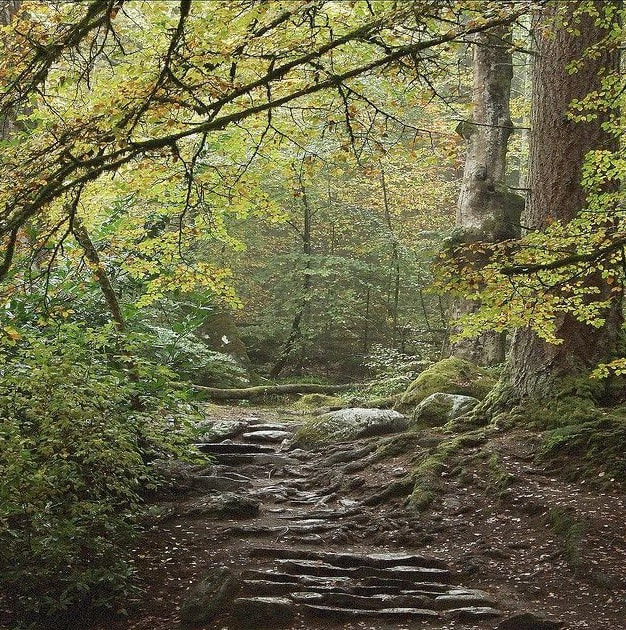
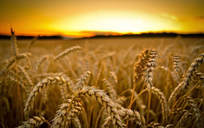
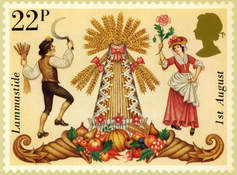
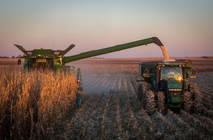
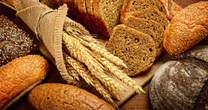

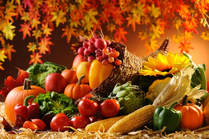
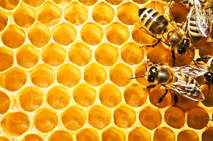

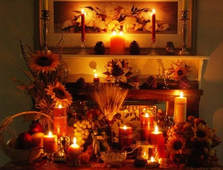
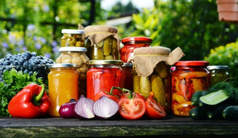
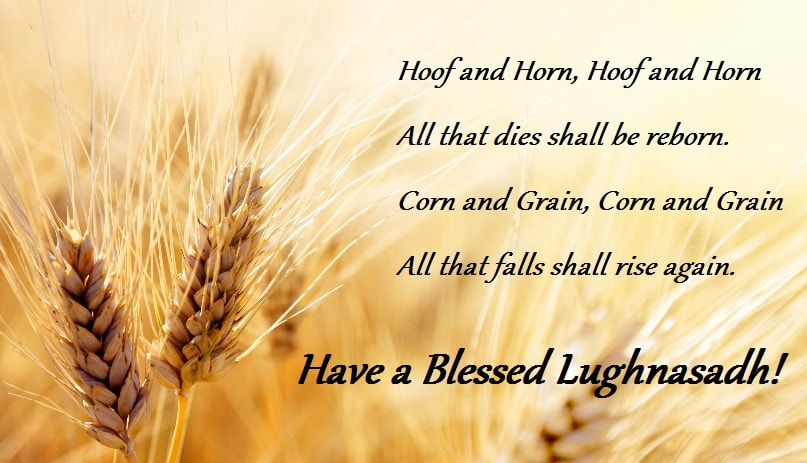
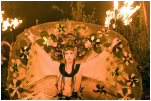
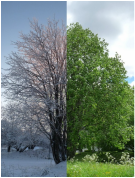
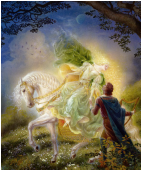
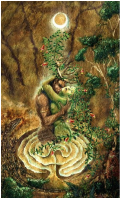
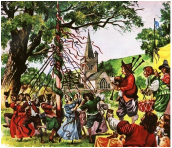
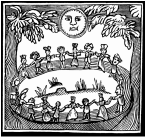


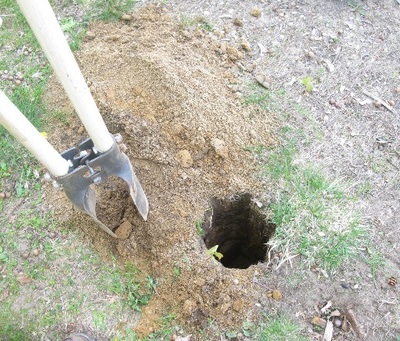

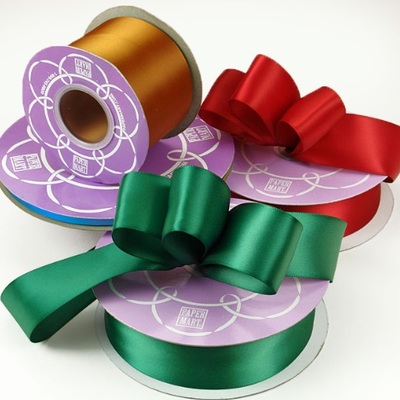
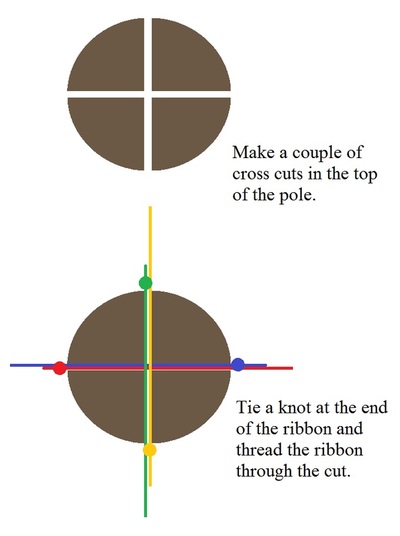
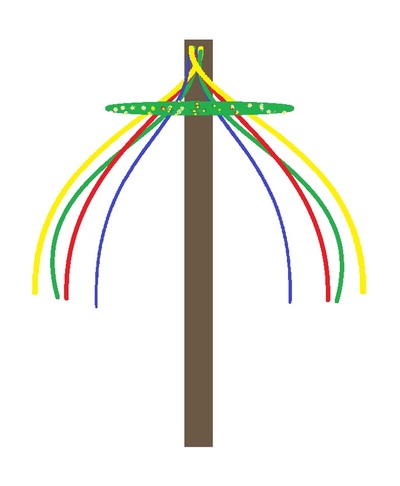
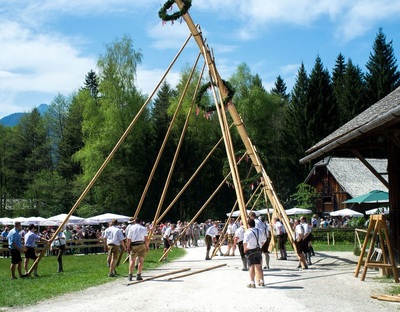

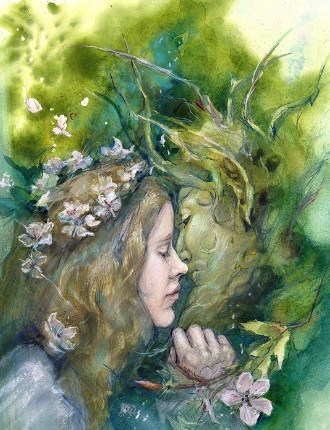


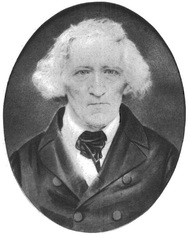
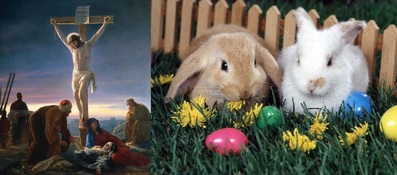
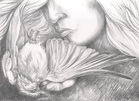
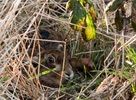

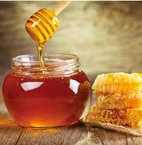
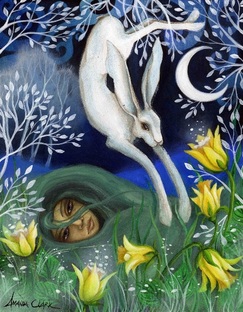



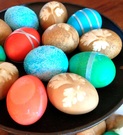


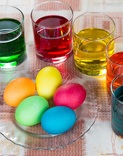
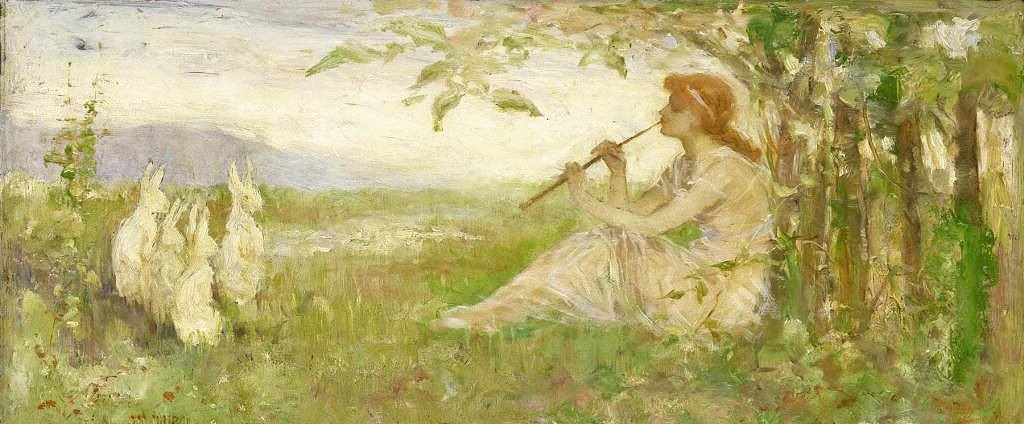
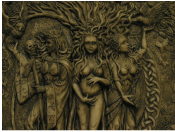
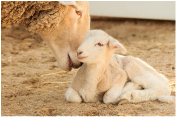
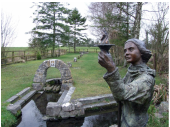





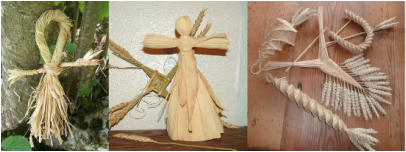






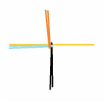
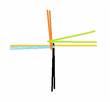
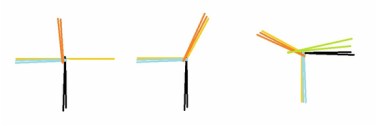

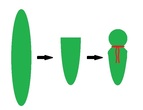
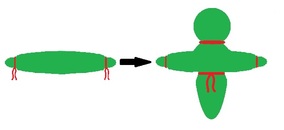

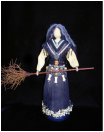
















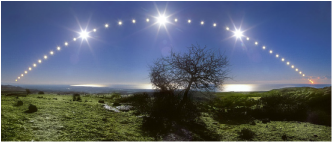
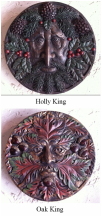

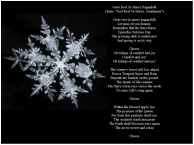
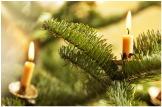
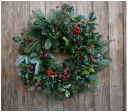

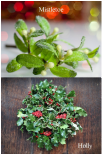
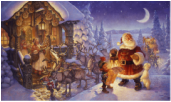
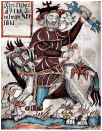

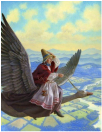
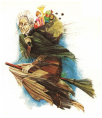
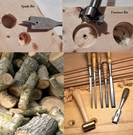
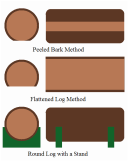
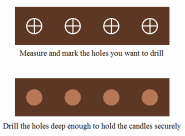

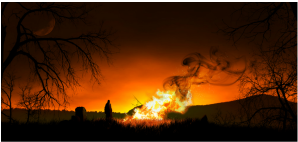
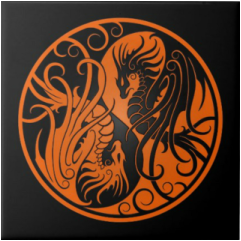


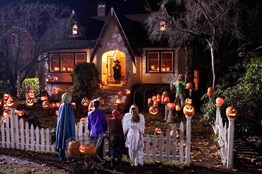
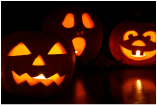
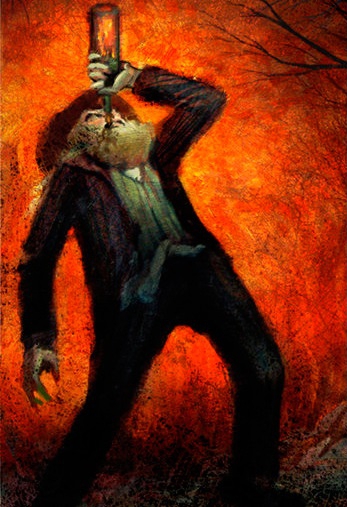

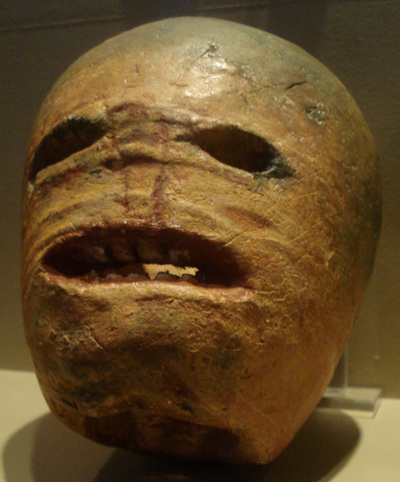
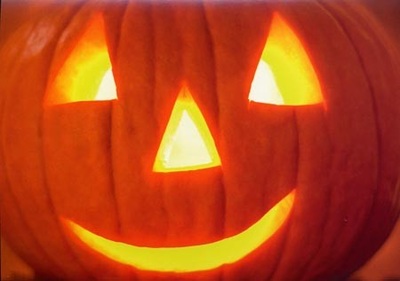
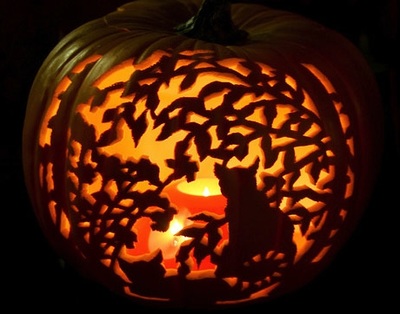

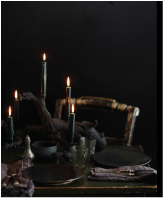
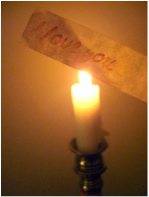
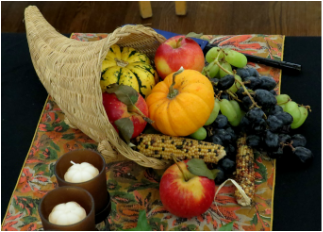
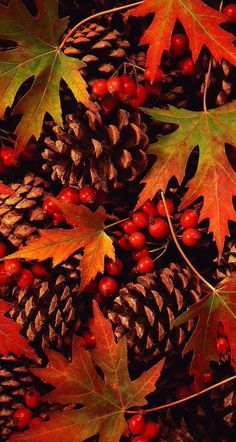

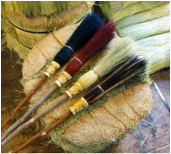



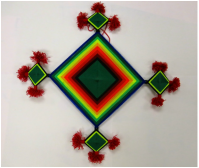
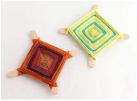

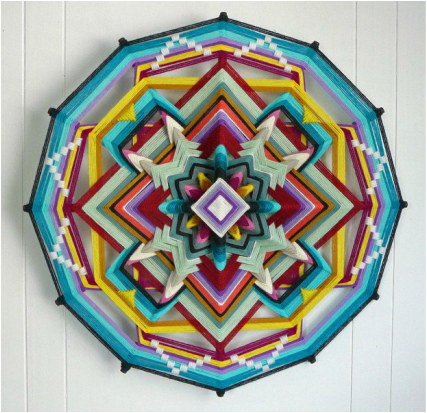
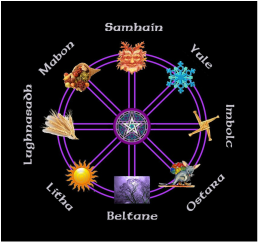
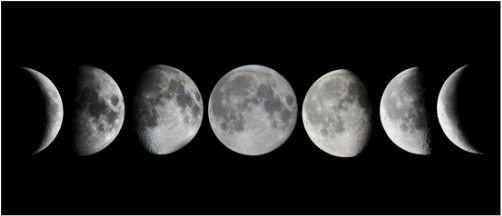
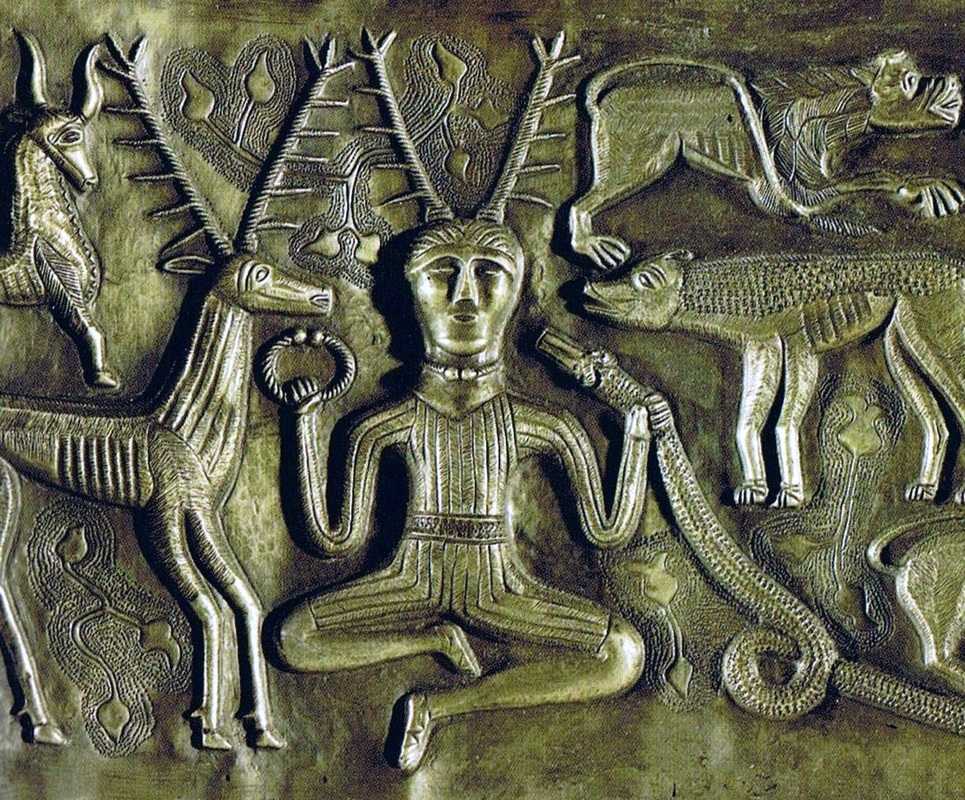
 RSS Feed
RSS Feed
